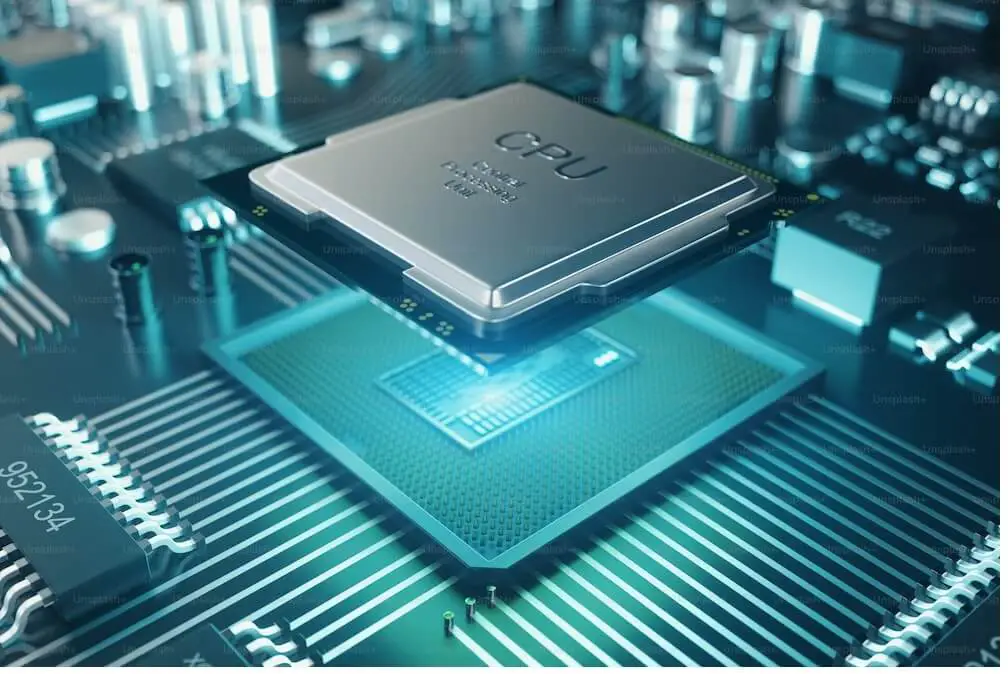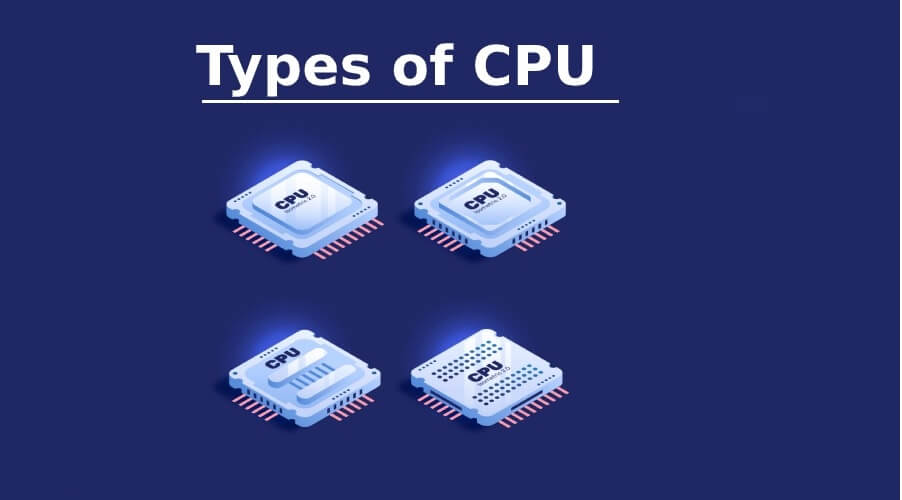Processor: The Soul of computing
Processor -The ongoing pursuit of more powerful and efficient processors faces challenges ranging from the physical limitations of semiconductor technology to the growing demand for sustainable computing solutions. Researchers are exploring alternative materials, architectures, and computing paradigms to overcome these challenges and shape the processors of the future.
Historical development of Processor
The history of processors is a story of remarkable progress. It all started with the humble beginnings of the first computing devices, in which mechanical components performed basic calculations. The transition to electronic computing marked a paradigm shift: vacuum tubes paved the way for the first generation of electronic processors.
Subsequent developments in transistors and integrated circuits ushered in the microprocessor era, reducing the size and dramatically increasing the power of computing devices. Moore’s Law is Gordon Moore’s observation that the number of transistors on a chip will double approximately every two years, symbolizing the continued pace of innovation in processor technology.
Architecture and components
Instruction Set Architecture (ISA)
The core of a processor is its instruction set architecture, which defines the set of instructions that the processor can execute. The evolution from Complex Instruction Set Computing (CISC) to Reduced Instruction Set Computing (RISC) architectures reflects the ongoing search for optimal performance and efficiency.
Main components
A processor is made up of several main components, each of which plays a vital role in its functionality. The arithmetic logic unit (ALU) processes mathematical and logical operations, and the control unit coordinates the execution of instructions. Cache memory systems improve processing speed by keeping frequently accessed data closer to the processor.
processor type
Central Processing Unit (CPU)
The CPU acts as the brain of the computer, executing instructions and manipulating data. Multi-cores and threads enhance multitasking capabilities, an essential feature for today’s computing needs.
Graphics Processing Unit (GPU)
GPUs were originally designed for graphics rendering, but over time they evolved into powerful parallel processors. Its superior parallel computing capabilities make it invaluable for applications beyond gaming, such as scientific modeling and artificial intelligence.
High-Speed Processor (HPU)
The purpose of an APU is to combine the capabilities of the CPU and GPU to provide a balance of general purpose processing and graphics capabilities. This integration optimizes energy efficiency and performance, especially in applications with limited space and power.
System on Chip (SoC)
As technology advances, it is becoming more common to combine different components into a single chip. The SoC houses not only the processor, but also memory, connectivity, and other critical components, helping devices become smaller and more energy efficient.
New technology
quantum processor
In the field of quantum computing, processors operate on very different principles than classical computers. Quantum bits (qubits) exploit superposition and entanglement and promise unprecedented computing power for specific problem areas.
neuromorphic processor
Inspired by the structure of the human brain, neuromorphic processors emulate neural networks to perform tasks such as pattern recognition and learning. This paradigm shift in computing could lead to advances in artificial intelligence and machine learning.
Future problems and possibilities
The continued quest for more powerful and efficient processors faces many challenges, from the physical limitations imposed by semiconductor technology to the increasing demand for sustainable computing solutions. Researchers are exploring alternative materials, architectures, and computing paradigms to overcome these challenges and shape the processors of the future.

Components of Computing Systems
1. Central Processing Unit (CPU)
The CPU, often referred to as the brain of the computer, is a critical component responsible for executing instructions. It contains the Arithmetic Logic Unit (ALU) for mathematical and logical operations and the Control Unit for managing the flow of data and instructions.
2. Memory (RAM and Storage)
Memory is a core component that stores data and instructions for quick access. Random Access Memory (RAM) provides volatile memory for active processes, while storage devices like Hard Disk Drives (HDDs) and Solid State Drives (SSDs) offer non-volatile memory for long-term data storage.
3. Motherboard
The motherboard serves as the central hub connecting various components. It hosts the CPU, memory modules, expansion cards, and facilitates communication between different parts of the system.
4. Graphics Processing Unit (GPU)
Primarily designed for rendering graphics, GPUs have evolved into parallel processors essential for tasks beyond gaming. They excel in parallel computation, making them indispensable for scientific simulations, video editing, and machine learning.
5. Power Supply Unit (PSU)
Responsible for converting electrical power from an outlet into a usable form for the computer, the PSU ensures a steady and reliable power supply to all components.
6. Input and Output Devices
Keyboards, mice, monitors, and printers constitute the input and output devices that enable interaction with the computer. These devices facilitate communication between the user and the machine.
Types of Computing Systems
1. Personal Computers (PCs)
PCs are versatile computing systems designed for individual use. Desktops and laptops are common examples, catering to a wide range of tasks from office work to gaming and content creation.
2. Servers
Servers are specialized computers designed to provide services to other computers (clients) in a network. They handle tasks like hosting websites, managing databases, and facilitating communication between devices.
3. Embedded Systems
Embedded systems are dedicated computing devices integrated into larger systems or products. They are prevalent in everyday life, found in appliances, automobiles, and industrial machinery.
4. Supercomputers
Supercomputers are high-performance computing systems designed for intensive numerical calculations. They are crucial for scientific research, weather forecasting, and simulating complex phenomena.
5. Mobile Devices
Mobile devices include smartphones and tablets, compact computing systems optimized for portability. They incorporate a combination of hardware components, including specialized processors and sensors.
6. Wearable Technology
Wearable devices, such as smartwatches and fitness trackers, represent a growing category of computing systems. They often rely on miniaturized components and sensors to provide functionality in a compact form factor.

Emerging Trends and Future Considerations
1. Quantum Computing
The exploration of quantum computing represents a paradigm shift, leveraging the principles of quantum mechanics for unprecedented computational power. Quantum processors, with their ability to handle complex calculations exponentially faster, hold promise for solving problems currently beyond the reach of classical computers.
2. Edge Computing
As the demand for real-time processing and reduced latency increases, edge computing emerges as a solution. This paradigm involves processing data closer to the source (at the edge of the network) rather than relying solely on centralized cloud servers.

